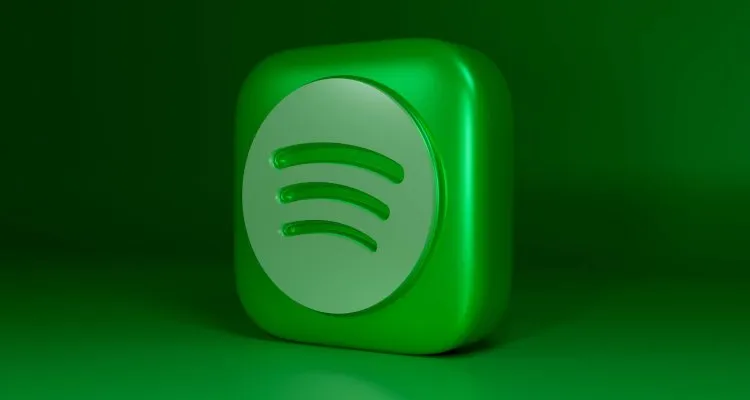Earlier this week, Spotify head Daniel Ek predicted that his company’s annual revenue would crack a staggering $100 billion in the next 10 years. But with the Stockholm-based streaming platform having generated $11.4 billion in 2021, the business looks to be banking on charging artists to make its financials work.
Ek voiced his decidedly ambitious vision for Spotify’s long-term revenue potential during the recently held Investor Day 2022. Echoing statements made by CFO Paul Vogel months back, after Spotify stock (NYSE: SPOT) plummeted, Ek indicated off the bat that his business hadn’t “done a very good job of explaining” its purported evolution in recent years.
Then, after attempting to communicate the specifics of this development – covering everything from the countries in which Spotify operates to the non-music audio entertainment that users can now access – Ek concluded by expressing his rosy outlook for Spotify’s revenue during the approaching decade.
“So from everything I see, I believe that over the next decade, we will be a company that can generate $100 billion in revenue annually, and that we can achieve a 40 percent gross margin and a 20 percent operating margin,” the 39-year-old said.
Of course, other Spotify execs likewise spoke during the marathon event, which lasted about 3.5 hours. And one Charlie Hellman, VP and global head of music product, relayed during his presentation that charging artists represents a key component of the service’s business model.
“Because there’s so much being added to Spotify every day,” said Hellman, “artists need tools that will help them stand out, now more than ever. … In a lot of ways these monetization businesses are where our promotion businesses stood a couple years ago – early stage but with huge potential.
“And just like our promotion businesses, we expect to build for scale. As we diversify revenue streams for artists and identify the best ways to increase spending from a userbase that’s well on its way to one billion, we’ll further enrich artists, even outside their rapidly growing streaming royalties, and deliver margin impact for Spotify.
“These marketplace businesses have been the primary factor in growing our music gross margins,” Hellman emphasized to wrap up the speech. “And given the strong growth rates, this revenue will continue to be the primary driving force to help us further improve those margins.”
Regarding the details of the artist charges at hand, Spotify has quietly leaned into “two-sided marketplace” offerings in recent years. November of 2020, for example, saw the platform enable artists and labels to influence listener recommendations for no upfront cost, dubbing the program “Discovery Mode.”
(Unsurprisingly, Hellman said that Discovery Mode between Q1 2021 and Q1 2022 had a 98 percent customer-retention rate, with the program having ostensibly bumped enrolled artists’ listenership by around 40 percent.)
However, participating parties must accept a reduced royalty rate for the resulting streams, to the advantage of labels with massive budgets and to the detriment of emerging and indie artists, who generate relatively small payments from Spotify.
Spotify subsequently doubled down on Discovery Mode with “Marquee,” which Hellman said is growing quickly in terms of both revenue and adoption. Moreover, members of Congress in April of 2022 demanded more information about Discovery Mode.
Elsewhere, Spotify is embracing live performances, merch, live audio, and even non-fungible tokens (NFTs). Needless to say, a small percentage of artist earnings from the sources will undoubtedly add up as adoption rates improve moving forward.
Besides making it harder yet for independent artists to generate income from streaming – leading services’ paltry per-stream payments remain the subject of criticism – paid-promotion options (and other on-platform fees) effectively function as an entry barrier to acts who are trying to establish a presence in the music industry. As is typical for Fridays, DMN today received more than a few emails about new releases, for instance, including 22-year-old Casey’s debut track, entitled “I Like You.”
On a platform that revolves around artist discovery, fewer plays and less visibility (for those who don’t feel like watering down their royalties) ultimately contribute to a smaller number of new fans from streaming. The point could then impact other components (merch, live, sync) of one’s career.
But the market has in some ways responded to the considerations, including with uniquely tailored pitching and promotion tools (Amazon Music) and the adoption of fan-powered royalty models (Tidal and SoundCloud).

